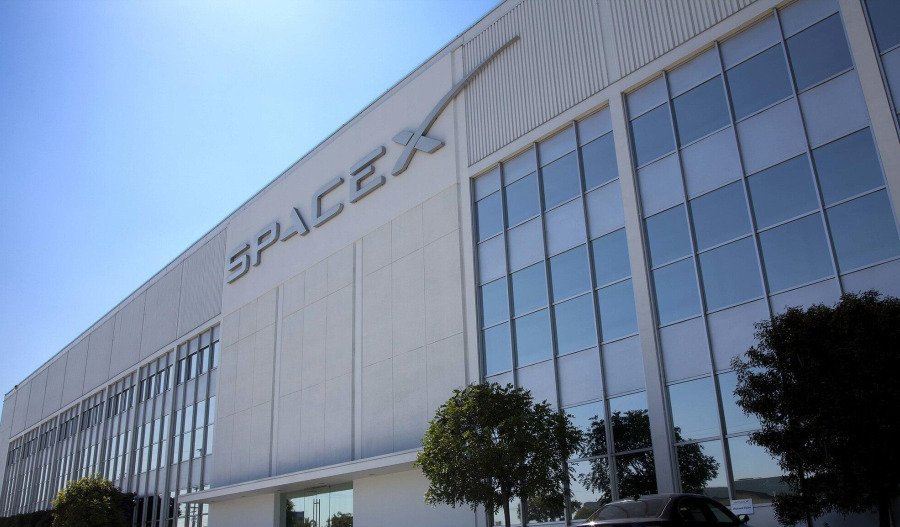NASA is looking for ideas from private companies to organise two astronaut missions to the International Space Station (ISS) in 2026 and 2027.
These missions will help private companies improve spaceflight technology and support human spaceflight.
NASA’s goal is to give more people and organisations access to space, making it easier for commercial companies to develop their expertise in running space missions.
Dana Weigel, the ISS program manager at NASA’s Johnson Space Center, said this is an exciting time for human spaceflight.
“We are in an incredible time for human spaceflight, with more opportunities to access space and grow a thriving commercial economy in low Earth orbit,” said Weigel.
“NASA remains committed to supporting this expansion by leveraging our decades of expertise to help industry gain the experience needed to train and manage crews, conduct research, and develop future destinations. Private astronaut missions are a key part of this effort, providing companies with hands-on opportunities to refine their capabilities and build partnerships that will shape the future of low Earth orbit.”
These upcoming missions will be NASA’s fifth and sixth private astronaut trips to the ISS.
Three earlier missions by Axiom Space took place in 2022, 2023, and 2024, and the fourth mission is set for 2025.
Each mission will stay at the ISS for up to 14 days, depending on space station schedules.
Only United States-based companies using NASA-approved spacecraft can submit proposals to organise these missions.
For over 20 years, astronauts have lived and worked on the ISS, making significant scientific discoveries and testing new technologies that wouldn’t be possible on Earth.
The ISS is like a giant lab in space, helping NASA prepare for longer missions, such as those needed to explore the Moon and Mars. NASA’s Artemis campaign, for example, is building the foundation for human exploration of these distant worlds.
Companies can submit proposals until 30 May 2025. NASA has provided more details about the requirements and how to apply on its website.
For additional details, refer to Focus Area 4A of NASA Research Announcement (NRA) NNJ13ZBG001N.



